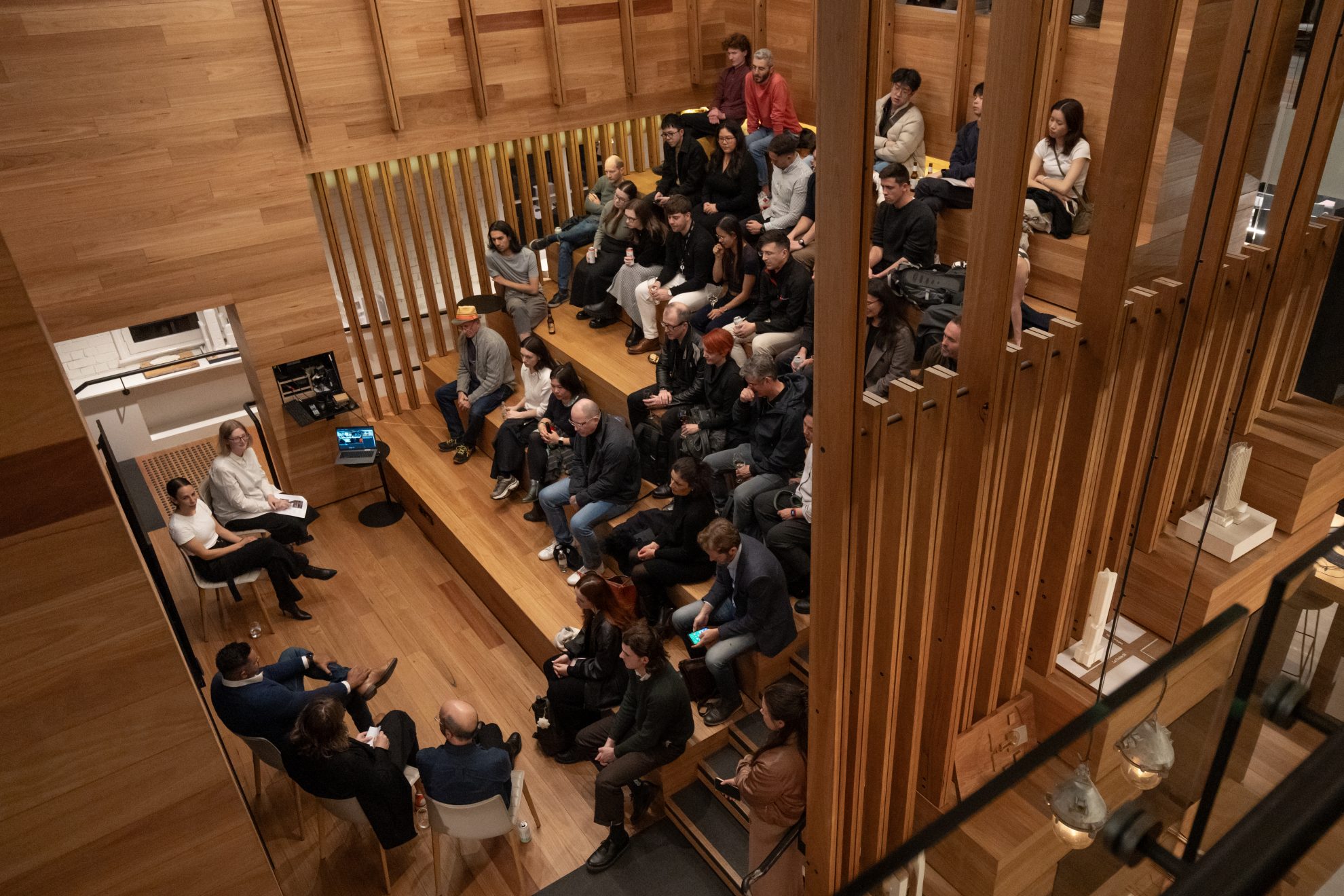Towards Collective Intelligence at Melbourne Design Week 2024
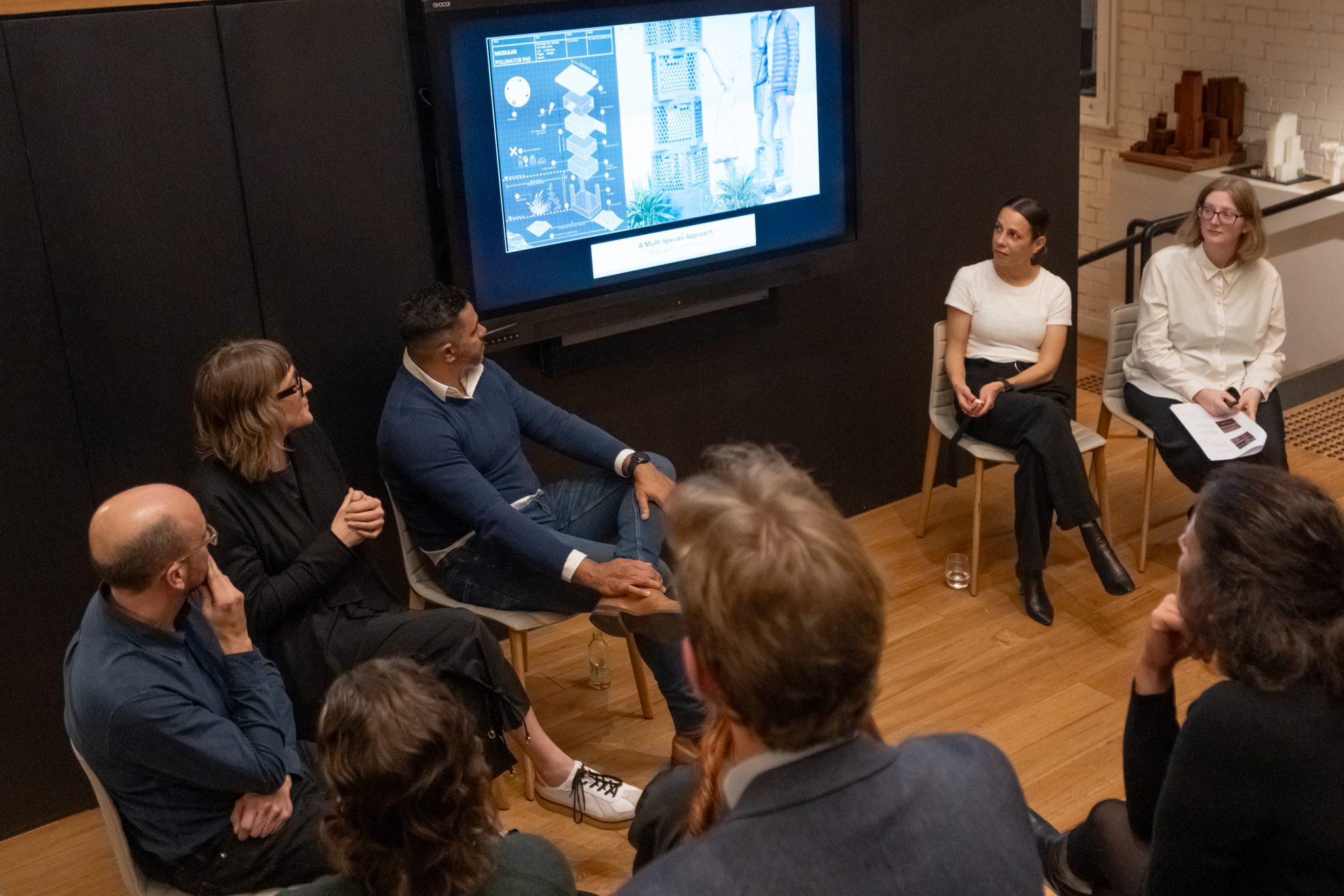
Melbourne Design Week has come and gone for another year, inspiring and energising the design community and design-lovers alike. Organised by the National Gallery of Victoria and Creative Victoria, 2024’s 11-day program included a diverse program of talks, tours, exhibitions and workshops at unique venues across the city and regional Victoria.
This year, COX hosted a discussion on the changing role of the designer. The panel comprised COX Director Andrew Hayes, proud Dhudhuroa-Yorta Yorta man Allan Murray (Principal Consultant, Aboriginal Affairs at WSP), Claire Martin (Associate Director, OCULUS) and Tara Bell (Team Leader Urban Design and Place at the City of Kingston). The session was skilfully facilitated by Jess Chapman (Project Architect, COX). Unfortunately, Ali Whelan (Design Lead at Breathe) was unable to join discussions on the day.
Held in COX’s Melbourne Studio, ‘Towards Collective Intelligence: The Changing Role of the Designer’ explored the methodology of engagement and co-design across sustainability, community, First Nations and traditionally less vocal stakeholders. Continue reading for some of the key insights.
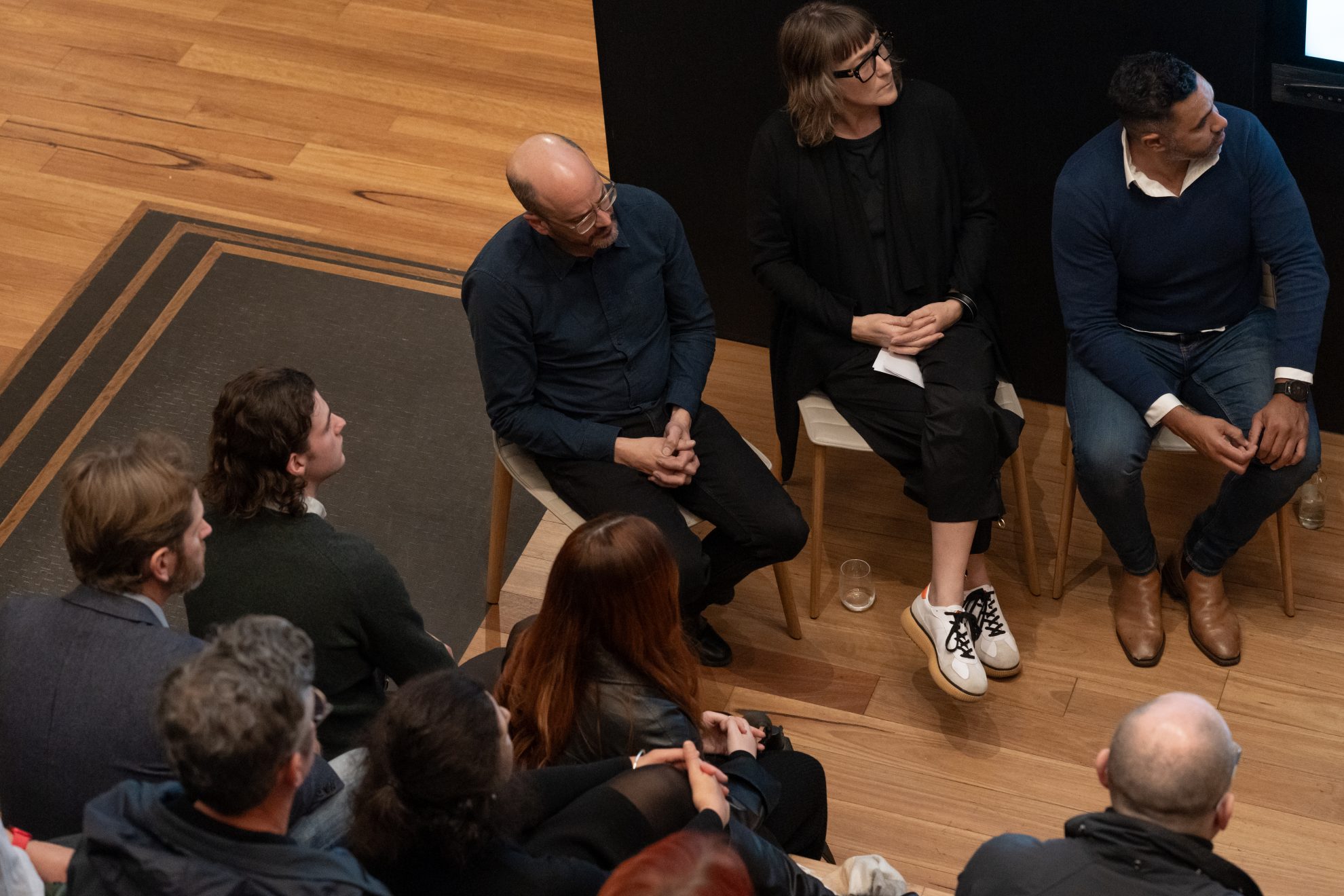
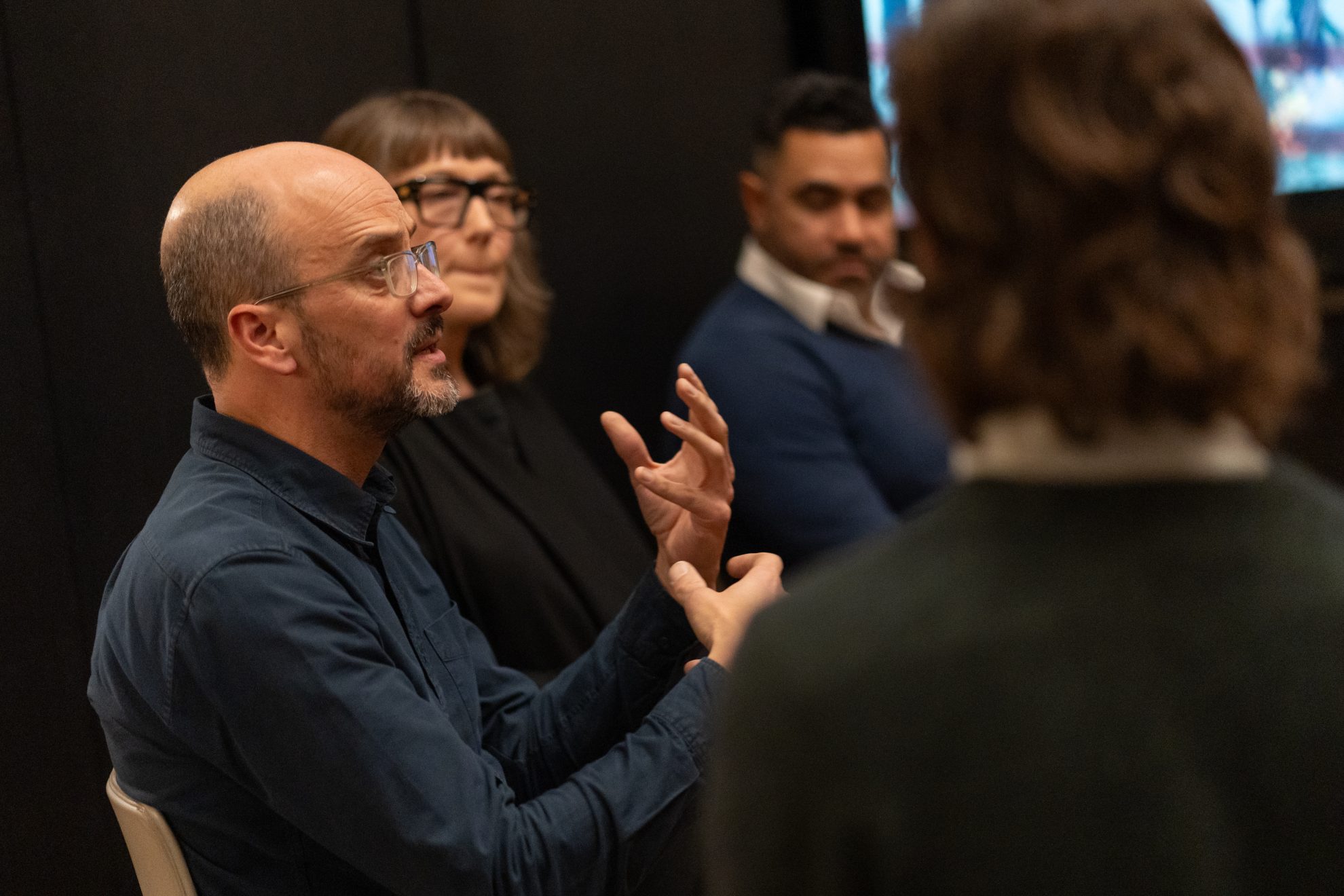
Changing Nature of Collaboration
Designers and project teams have always collaborated in a traditional sense, but planned co-design and engagement programs are recently increasing in size and expectation. It’s an area that’s gained traction over the past decade but was really supercharged during the pandemic. This is down to growing complexity of issues and greater recognition of diversity and the people impacted by and benefitting from built environment projects.
Tara Bell, Team Leader Urban Design and Place at the City of Kingston
It’s about bringing as many people to the table as possible, so we have a clear picture of what we’re aiming for and where they’re coming from. In my experience, a golden nugget always comes out that becomes a critical piece in the design.
These changes are part of a bigger societal shift, visible in other areas of our lives such as self-led learning in education and the collaborative nature of workplaces seeking to drive innovation.
It’s an enormous opportunity for designers to learn from the community and in turn make them active design participants.
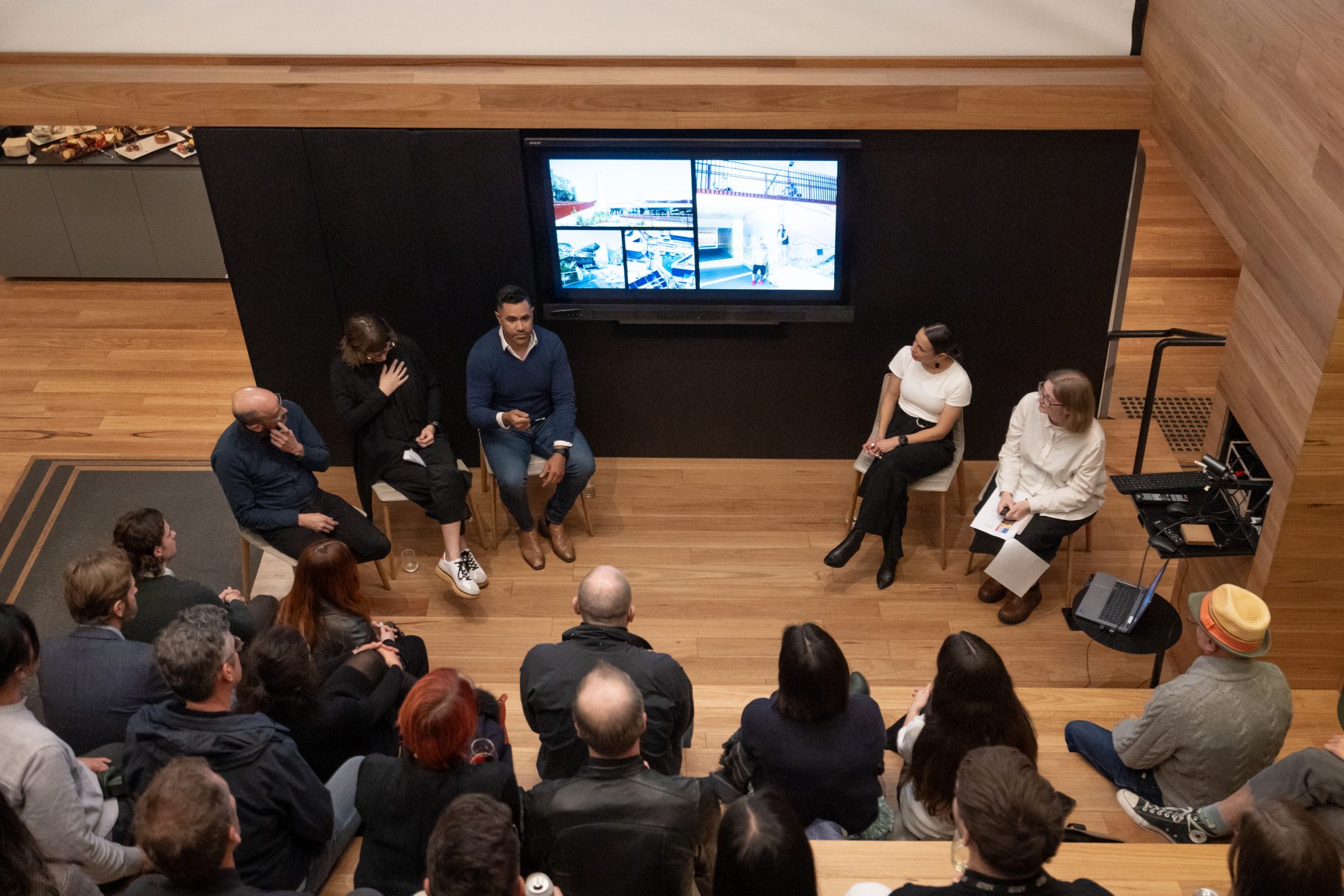
First Nations Engagement
Allan Murray, Principal Consultant, Aboriginal Affairs at WSP
Have Indigenous people involved from the early project stages – work with them and don’t talk at them. It’s a hard process but once you break down the barriers, the rapport and trust will be there.
Andrew relayed his personal experiences of First Nations engagement with WSP as part of the Southern Program Alliance during the last five years, saying it’s been a career highlight:
“Allan was a fantastic conduit who opened discussion with Aunties and Elders – the rhythm of the meeting was completely different and always began with a re-connection: who you know, where you’re from and updates from community. The meetings inevitably ended up with a generous sharing of information.”
Andrew Hayes, COX Director
Our team learnt a lot about Designing with Country and First Nations engagement, but also how to better connect with each other and with other groups. It made us all-round better collaborators.
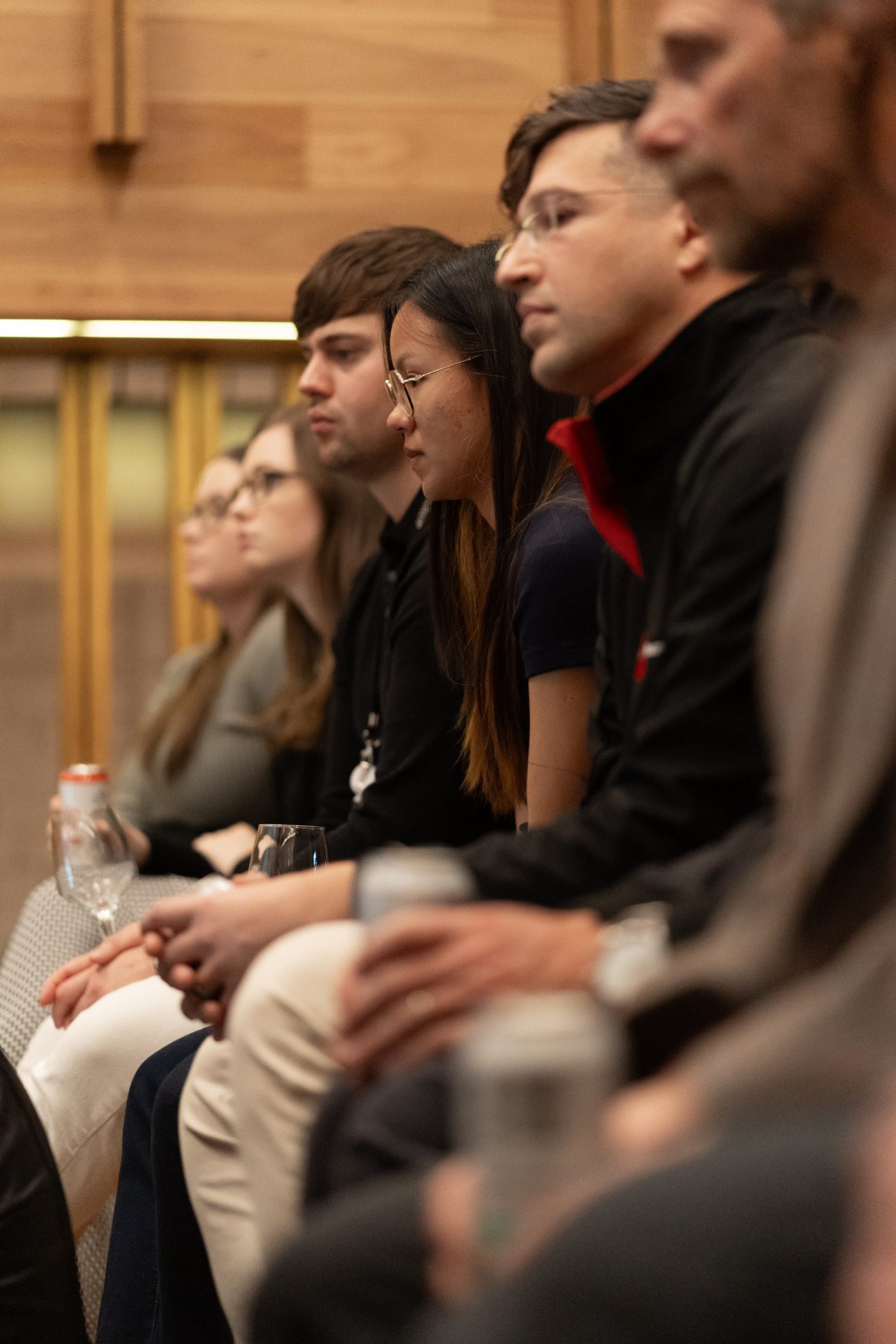
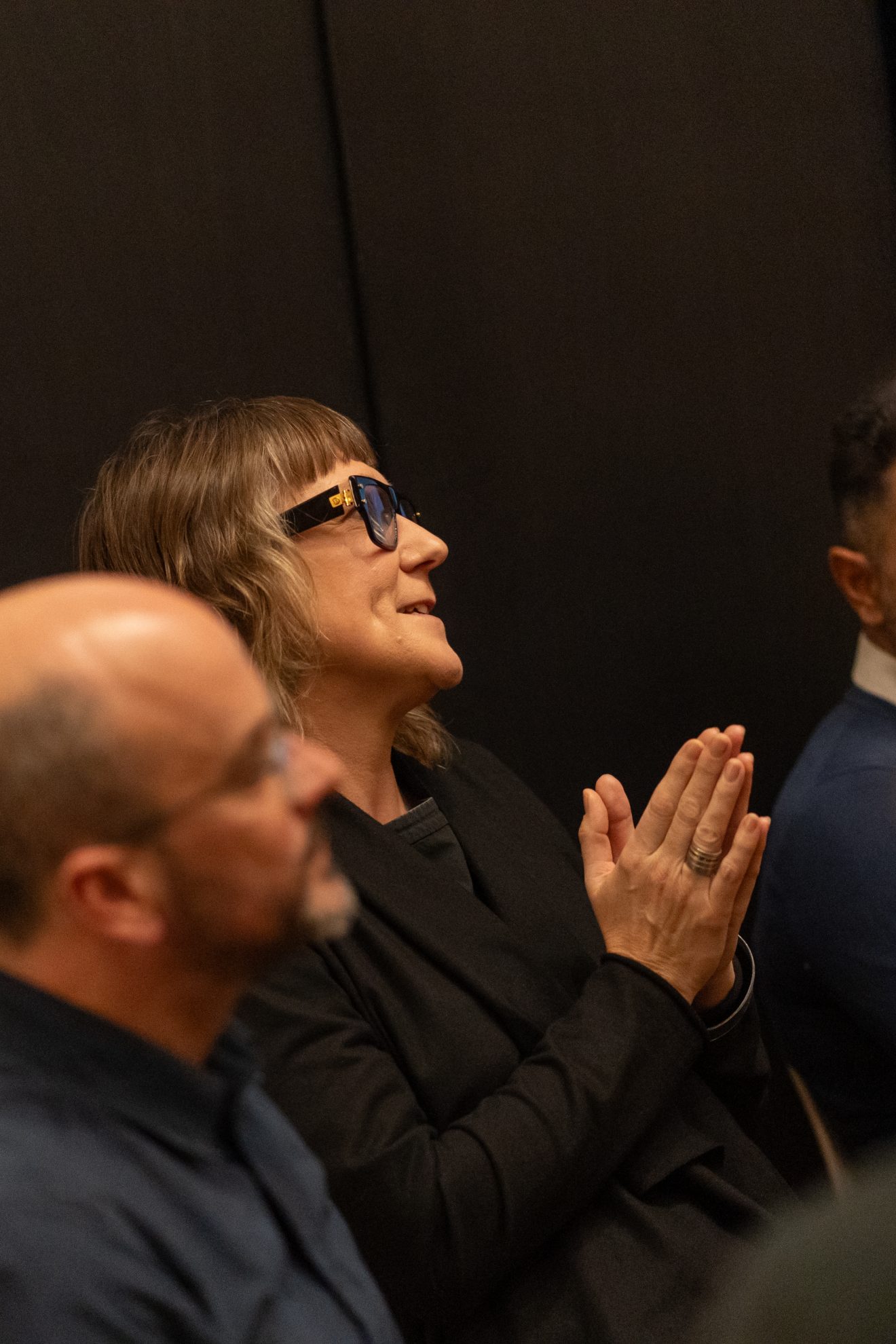
Silent Stakeholders
The idea of less vocal – or as our panel described them – silent stakeholders was also explored. These silent voices may be the habits and ecosystems around the project site or the community groups that aren’t necessarily vocal or don’t typically have the time to engage. Building a diverse design team can help identify the silent stakeholders and bring their needs and aspirations to the table.
Designers also need to reconcile the social, economic, environmental and cultural aspects of a project – while understanding that these can often conflict with each other. At the end of the day, aiming for balance will enable the most positive outcomes.
Claire Martin, Associate Director of OCULUS
Our power as designers can be misused and comes with great responsibility. It’s not about what we know – it’s important that we always start with a premise of curiosity.
A huge thank you to our panel for sharing their insights and experiences and to Jess for facilitating. We look forward to participating in Melbourne Design Week again in future.
